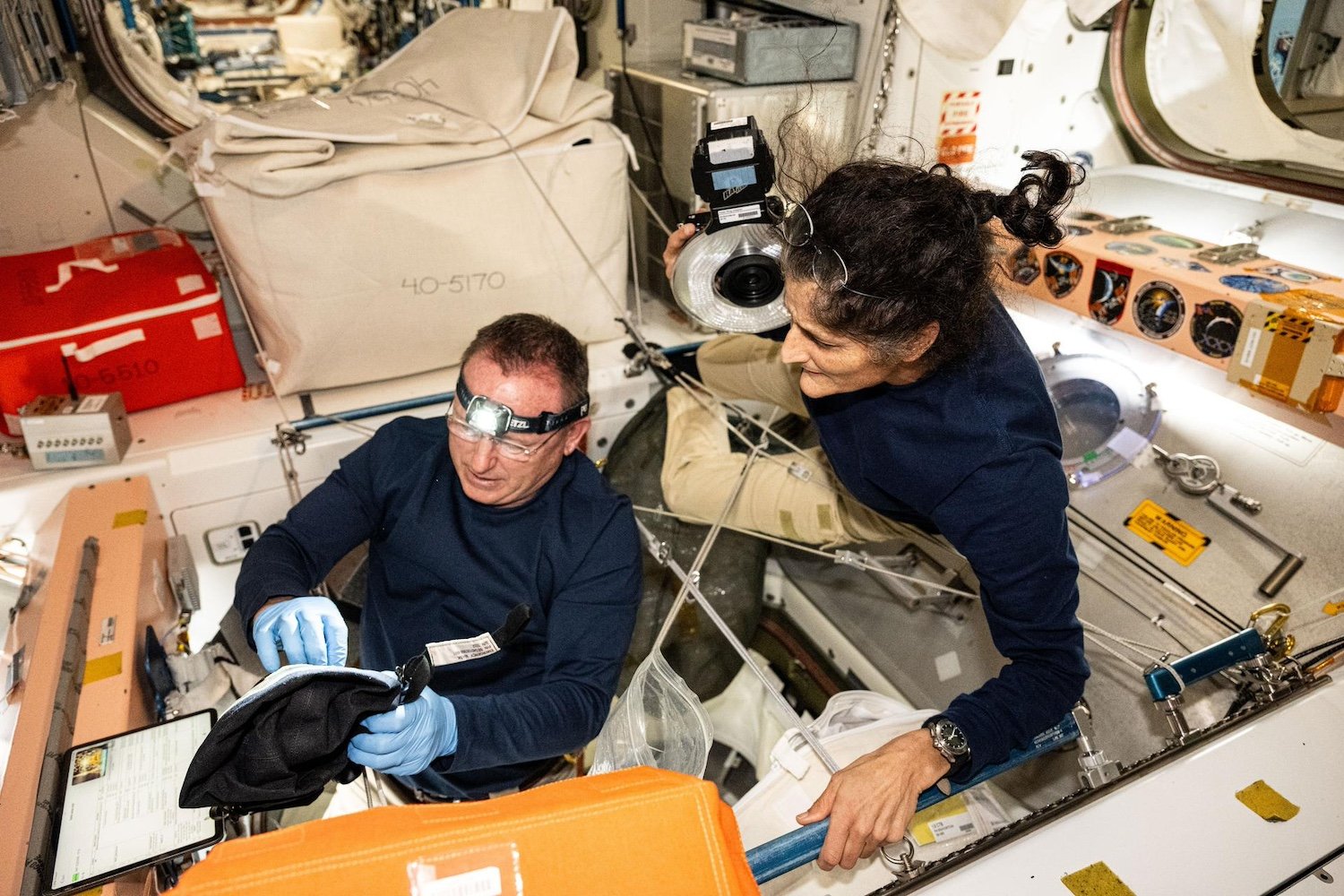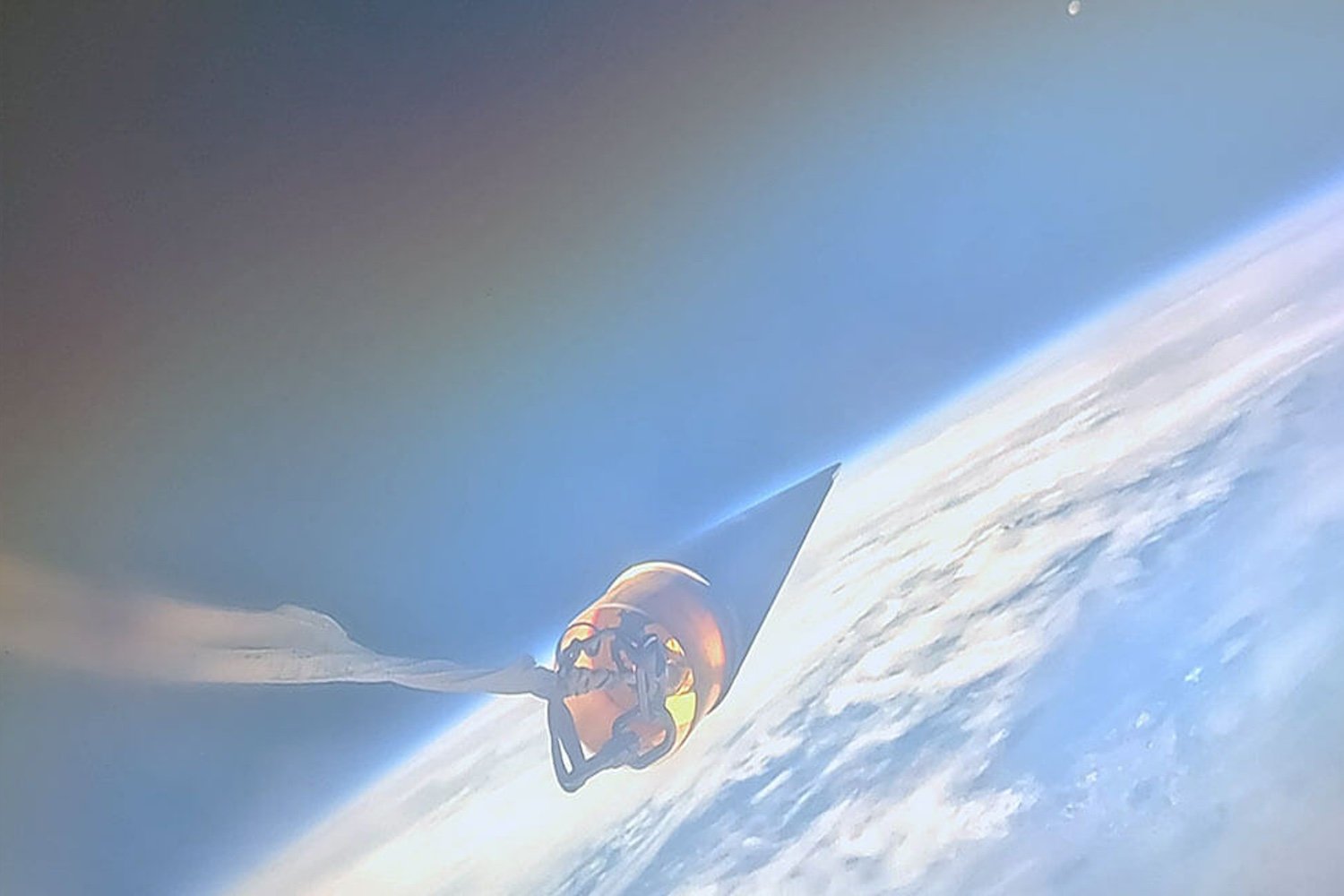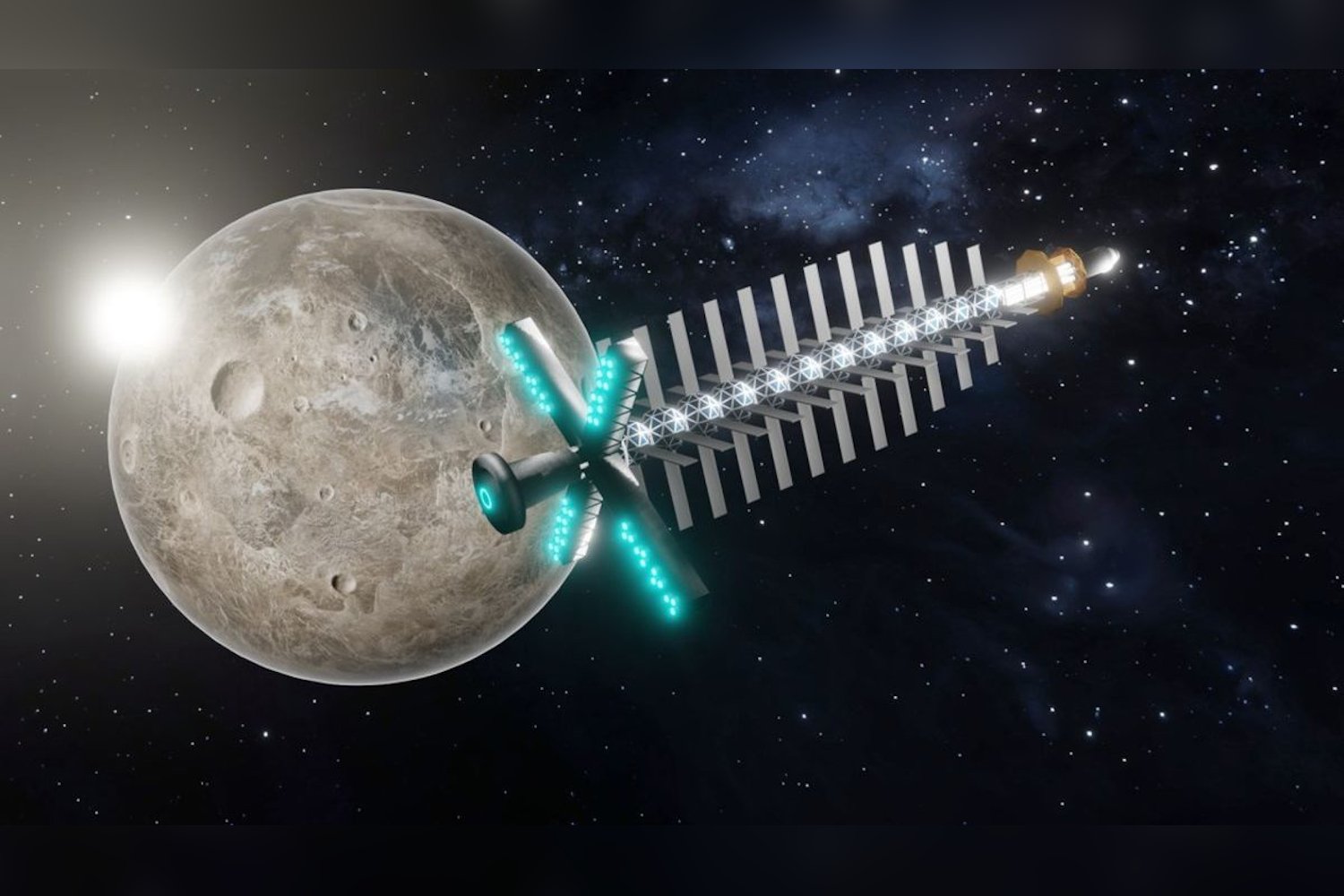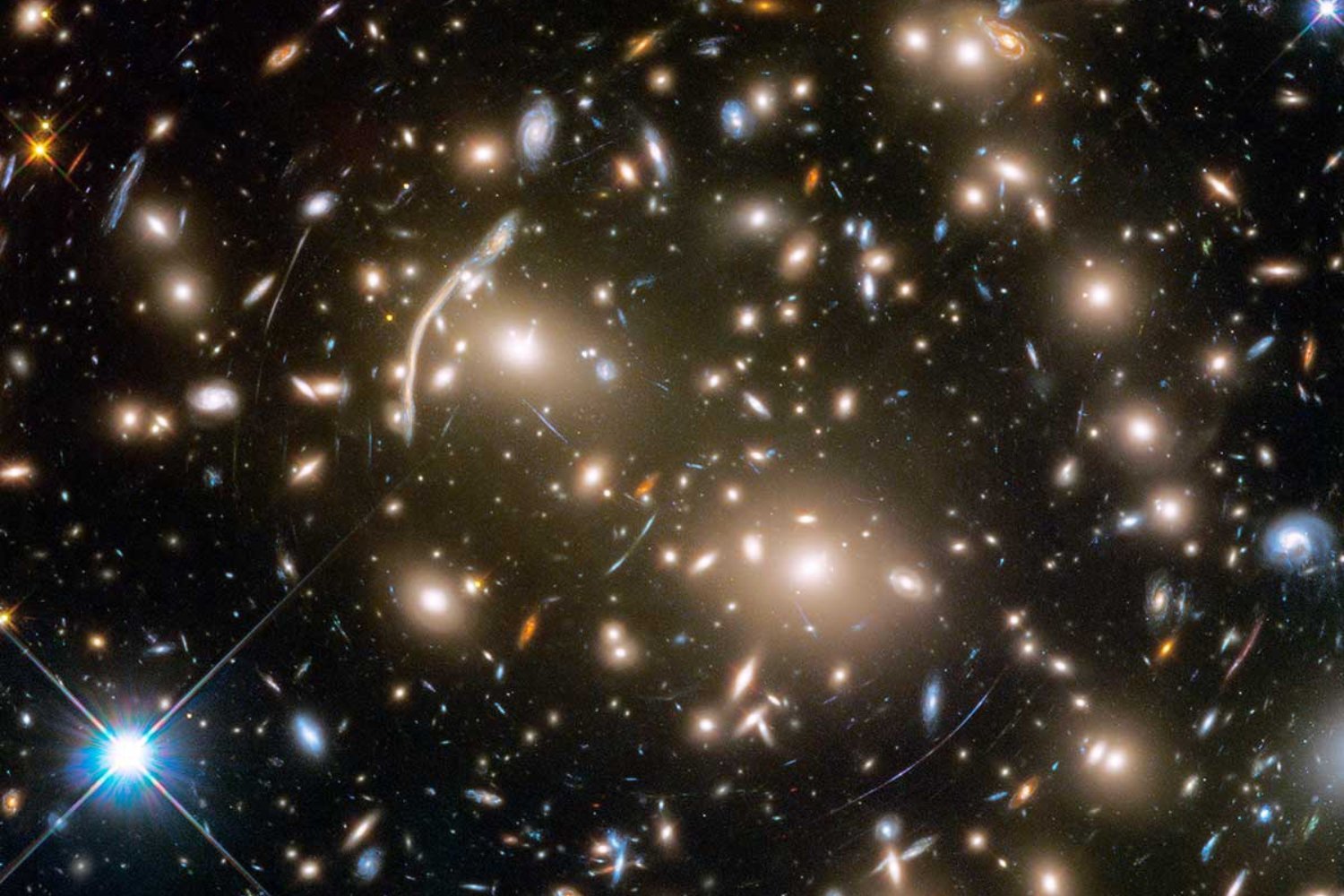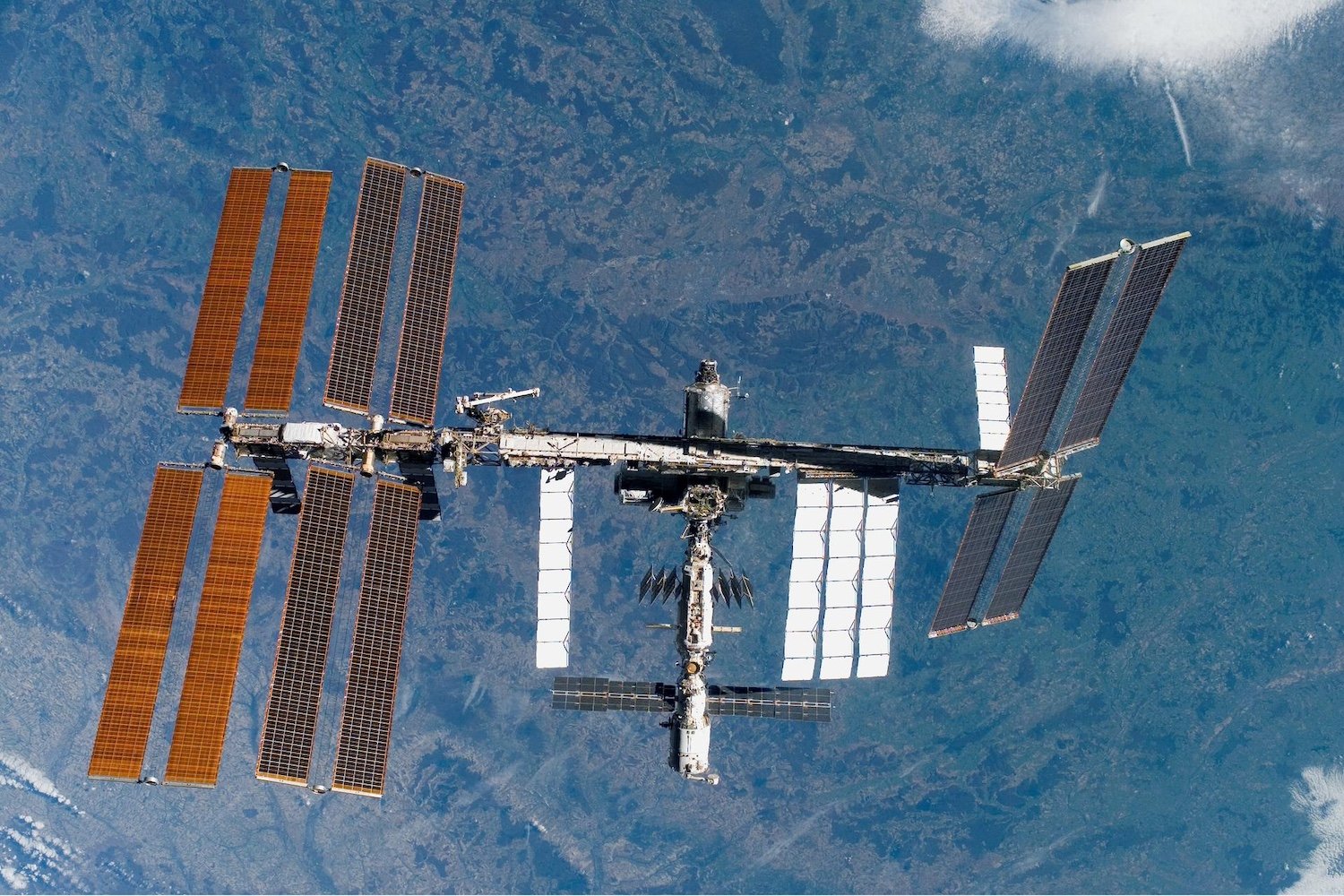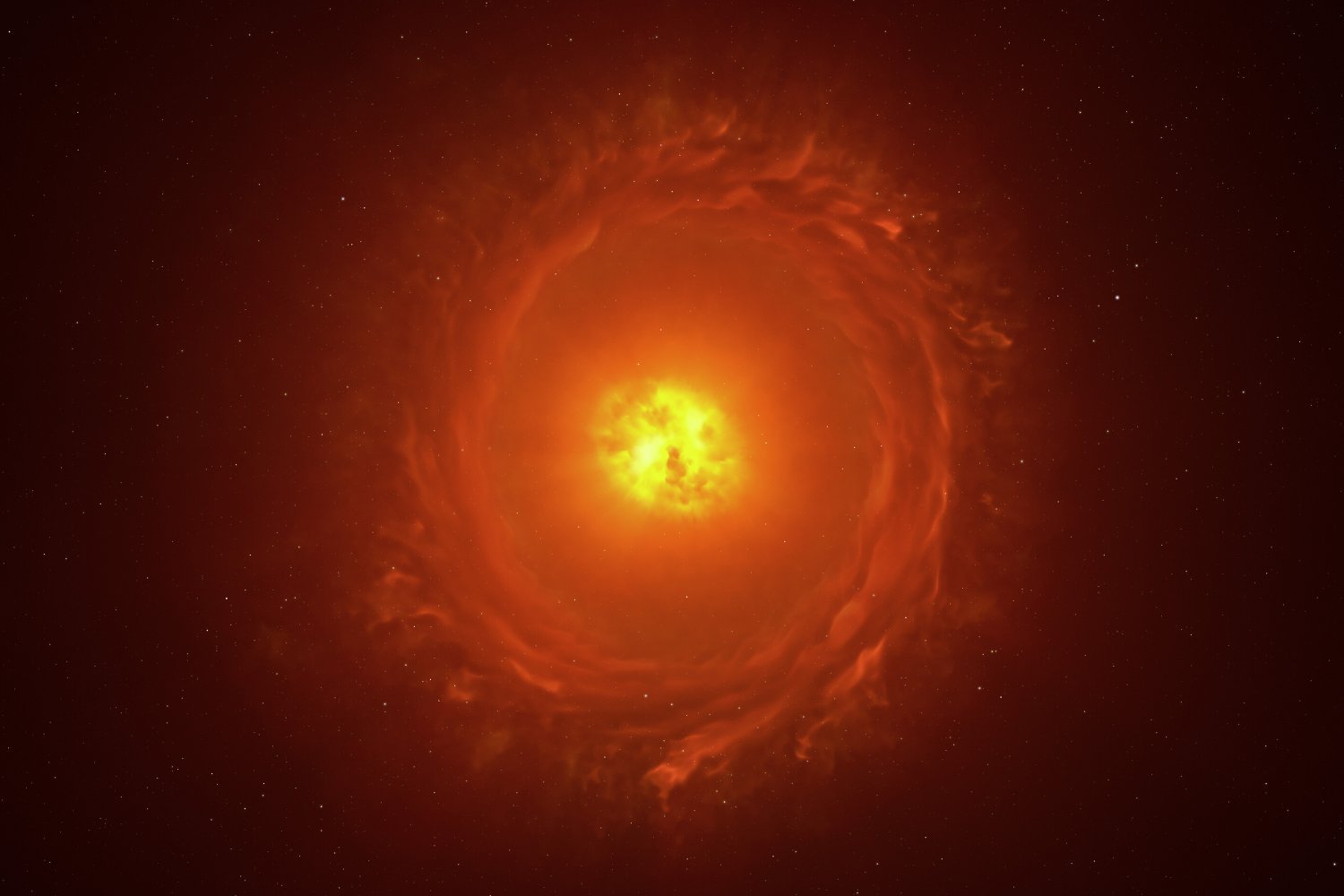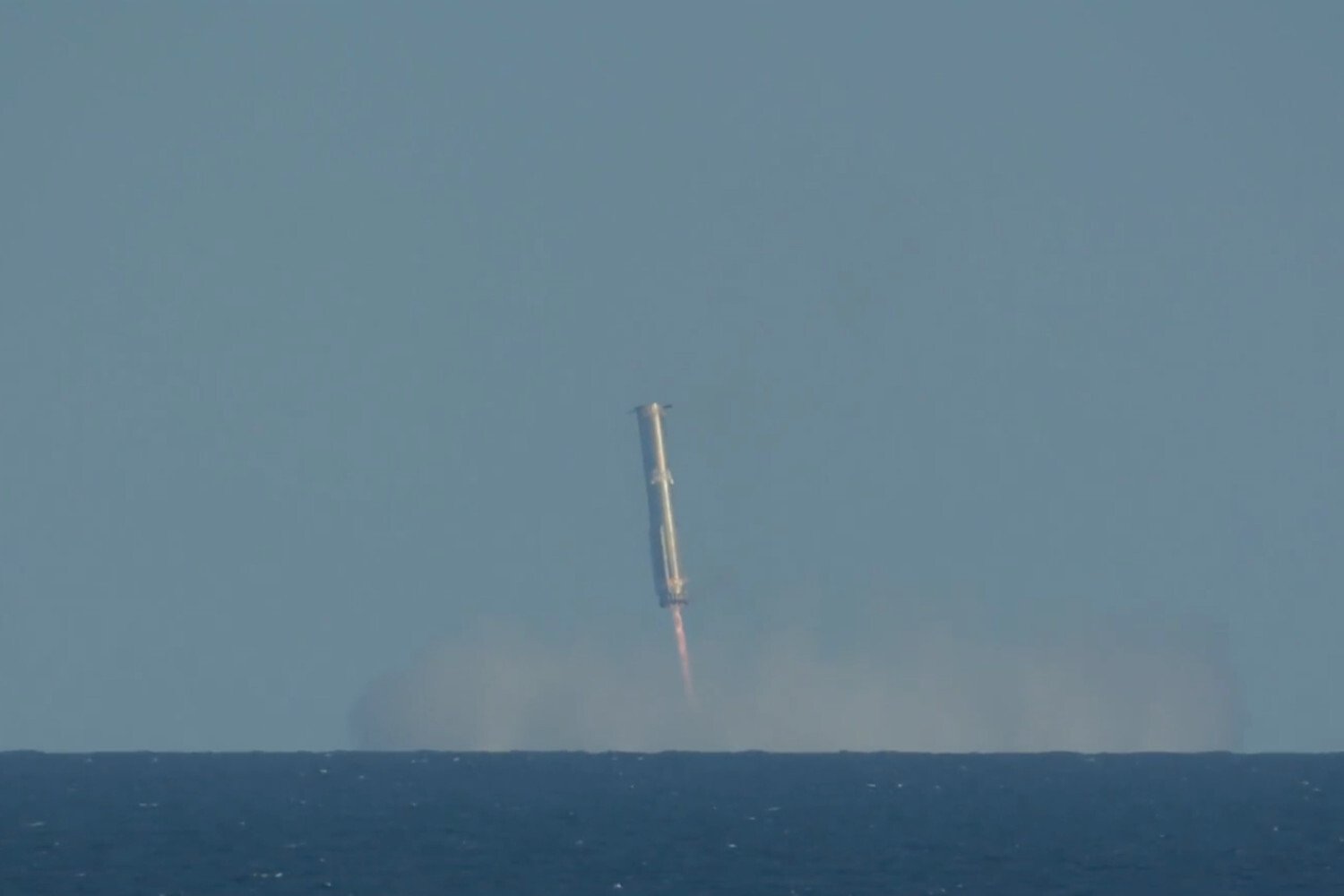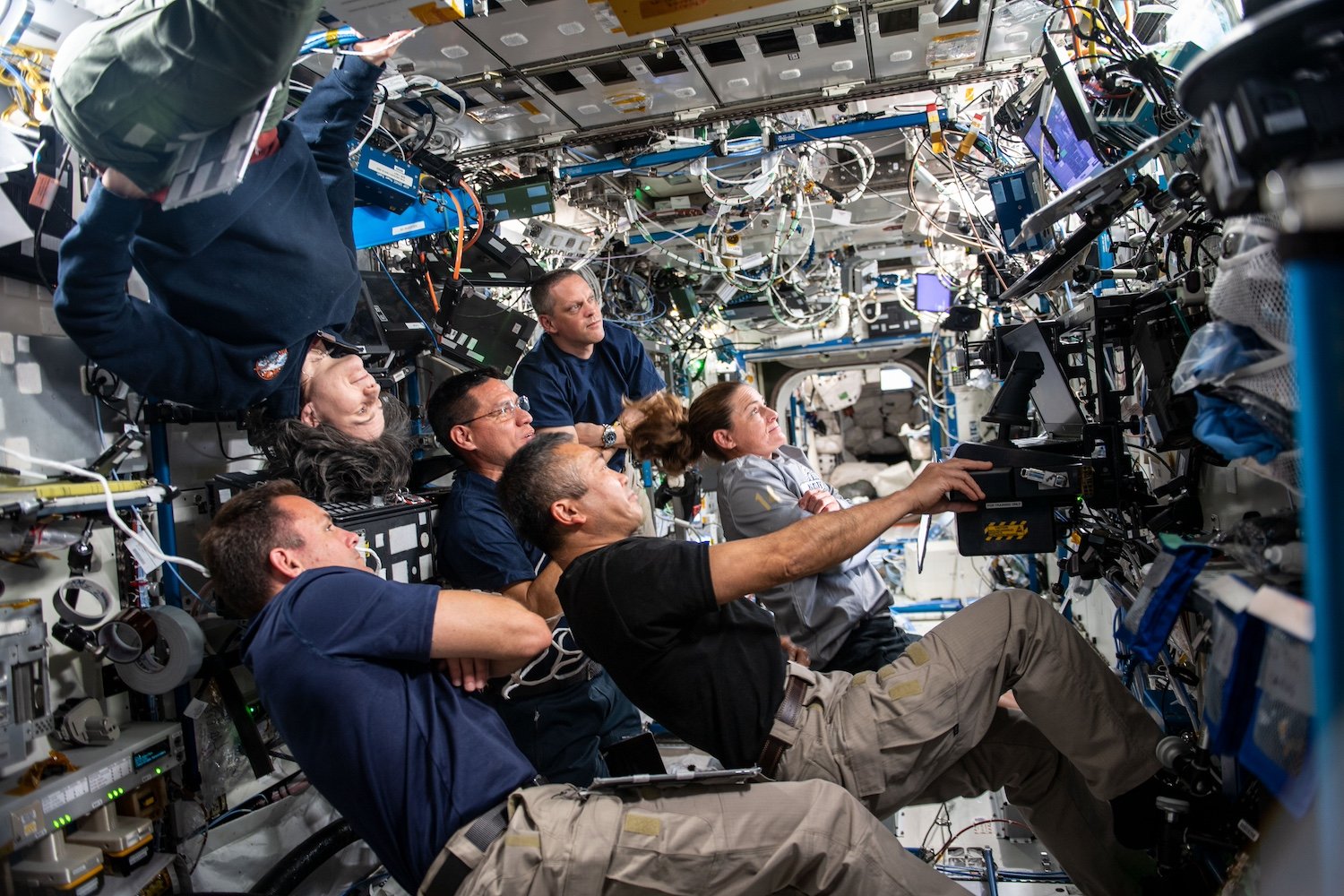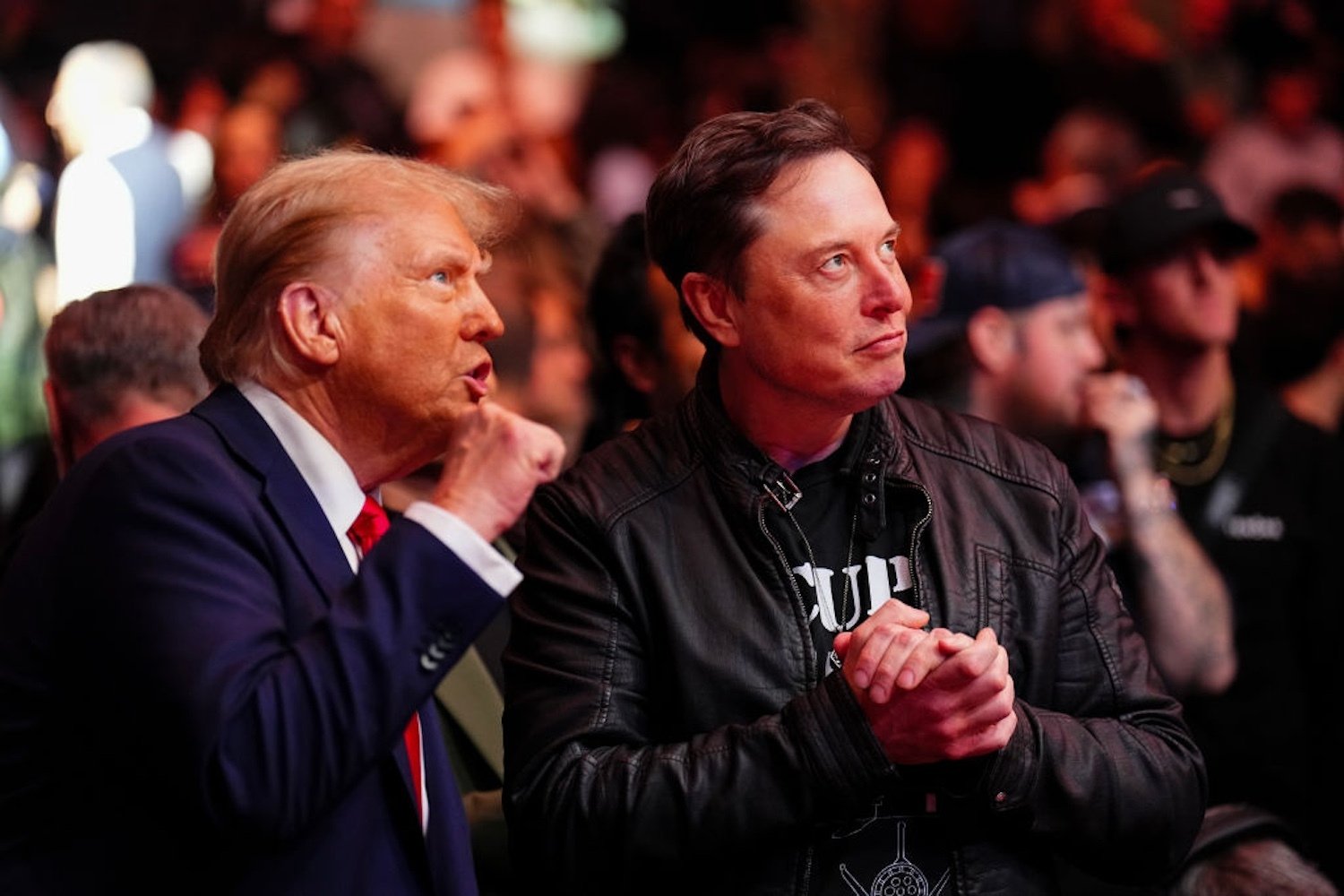NASA astronauts aboard the International Space Station (ISS), who arrived via Boeing’s Starliner spacecraft, face a longer-than-anticipated stay due to a delay in the SpaceX Crew-10 mission. Originally scheduled for February 2025, the Crew-10 launch, which will utilize a SpaceX Dragon spacecraft, has been pushed back to no earlier than late March 2025.
Crew-10 Delay Impacts Starliner Astronauts’ Return
NASA attributes the delay to the need for additional time to process a new Dragon spacecraft for the Crew-10 mission. This new spacecraft is expected to arrive at SpaceX’s Florida processing facility in early January 2025. According to Steve Stich, manager of NASA’s Commercial Crew Program, the meticulous processes of fabrication, assembly, testing, and integration require careful attention to detail, justifying the postponement. This Dragon spacecraft, after delivering the Crew-10 astronauts to the ISS, will subsequently return the SpaceX Crew-9 members, including NASA astronauts Nick Hague, Suni Williams, Butch Wilmore, and Roscosmos cosmonaut Aleksandr Gorbunov, back to Earth.
Extended Stay for Starliner Crew
Williams and Wilmore, who launched to the ISS on June 5 aboard Boeing’s Starliner for its inaugural crewed test flight, encountered several technical challenges. Five thruster failures and multiple helium leaks, one detected pre-launch, marked the less-than-smooth journey. The extended docking period at the ISS allowed NASA and Boeing to assess Starliner’s safety for the astronauts’ return. Ultimately, they decided on an uncrewed Starliner return and to utilize a SpaceX Dragon for the crew.
Unforeseen Challenges for the Starliner Program
This decision impacted Boeing’s Starliner program significantly and extended Williams and Wilmore’s ISS stay far beyond the initially planned week. The Crew-10 launch delay further adds to this unplanned extension. While typical ISS missions last around six months, with some exceeding a year, recent reports have expressed concerns regarding Williams’ health, specifically weight loss, attributed to her extended stay. Williams, however, has downplayed these concerns.
Commercial Crew Program and Future Missions
The Starliner Crewed Flight Test falls under NASA’s Commercial Crew Program, a $4.3 billion initiative aimed at facilitating crew and cargo transport to and from the ISS. SpaceX, NASA’s other commercial partner, has successfully launched nine crews to the station and is preparing for Crew-10. While NASA had initially anticipated Starliner’s first operational mission in early 2026, the program is currently on hold pending a reassessment of its certification path.
Conclusion: Uncertain Future for Starliner
The delay in the SpaceX Crew-10 mission adds another layer of complexity to the Starliner program and highlights the ongoing challenges faced by Boeing. The extended stay of the Starliner astronauts underscores the crucial role of SpaceX in ensuring crew rotation and the continued operation of the ISS. As NASA reevaluates the future of the Starliner program, the focus remains on ensuring the safe and efficient transport of astronauts to and from the space station.



